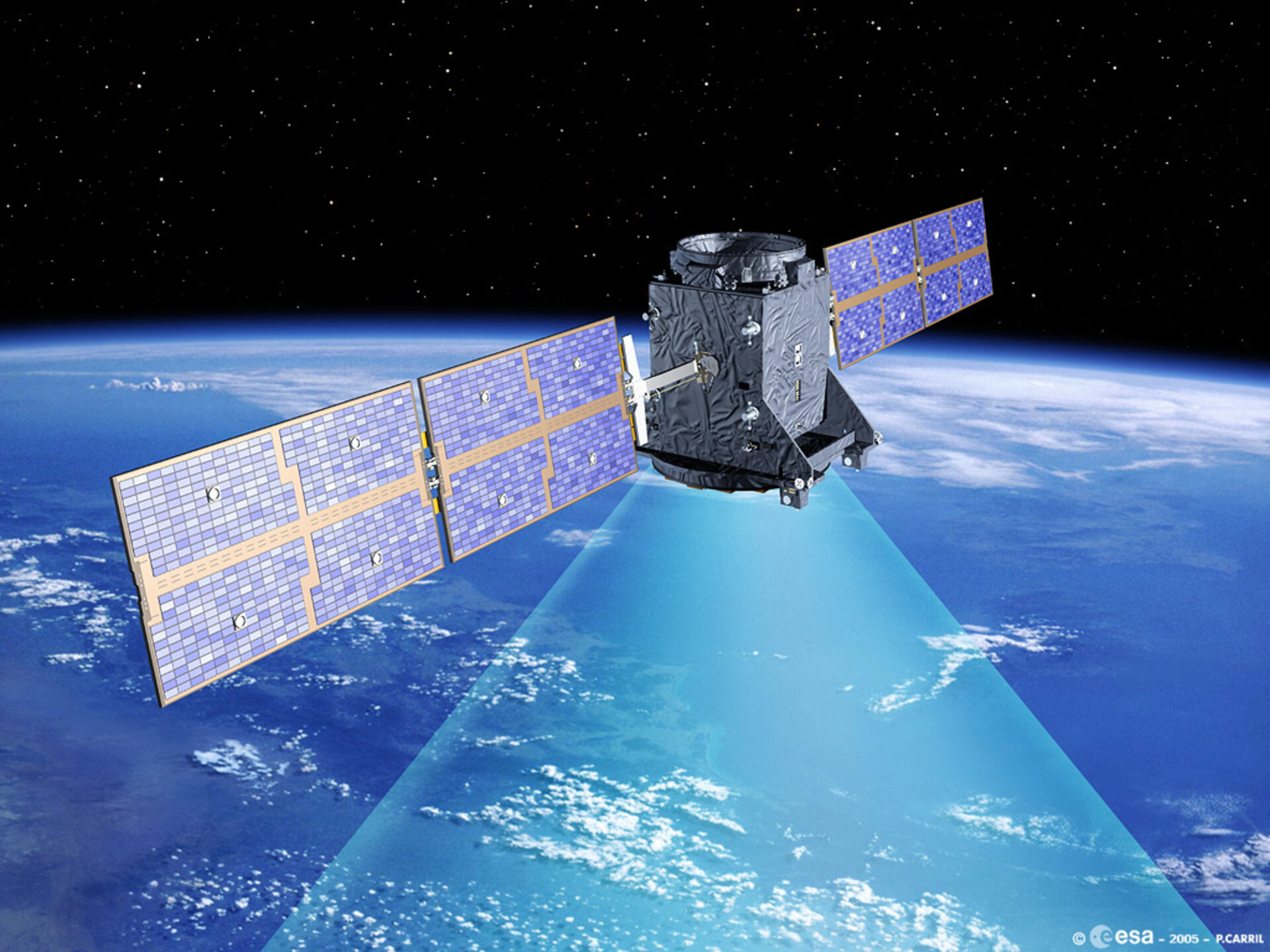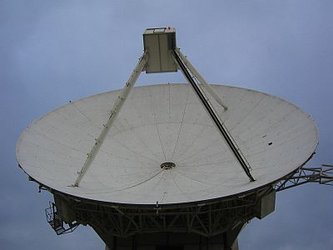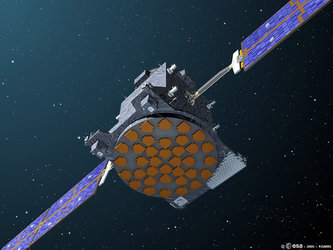GIOVE mission core infrastructure
The GIOVE mission core infrastructure is the network of ground facilities that collect, store and process signals from Europe’s first navigation satellite, GIOVE-A. The world-wide network of receivers has enabled the in-orbit validation of first Galileo satellite.
On 12 January 2006 GIOVE-A began transmitting Galileo navigation signals. This satellite was the first flight element in ESA's in-orbit validation programme for Galileo. However, a satellite in space achieves nothing without dedicated equipment on the ground, able to service the spacecraft and also to work with its various payloads. This is why, at the same time as the introduction into service of GIOVE-A, the GIOVE mission core infrastructure was completed, to carry out routine operations and generation of the navigation messages together with the core experimental activities.
The GIOVE mission core infrastructure consists of a network of 13 receivers, hosted by cooperating institutions such as the European Space Operations Centre (ESOC), Germany's National Research Centre for Geosciences (GeoForschungsZentrum – GFZ), and the United States Naval Observatory. This world-wide network collects Galileo and GPS observables once per second, and sends them to the GIOVE Processing Centre, located at ESA’s European Space Research and Technology Centre (ESTEC) in Noordwijk, the Netherlands.
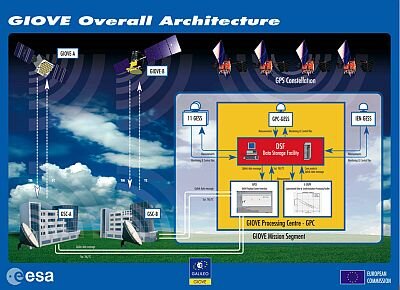
The GIOVE Processing Centre has already started to provide the first-ever experimental results, which will allow risk mitigation for the operational system development in the in-orbit validation phase. Now, a long experimentation phase is foreseen, to accompany the Galileo development, helping by consolidating with hands on experience the knowledge developed during the design and development. The main areas of investigation will be:
- verification of the critical technologies for the Galileo satellites, including the on-board Rubidium Atomic Frequency Standard (RAFS) clocks, the navigation signal generator and the chain of equipment that comprises the navigation payload
- characterisation of the novel features of the Galileo signal design, including the verification of user receivers and their resistance to interference and multi-path reception in realistic static and dynamic conditions, aiming to better estimate the effect on navigation services and future applications
The experimentation is based on a fruitful cooperation between different centres (for example, the German Aerospace Centre (Deutches Zentrum für Luft- und Raumfahrt – DLR), the French Space Agency (Centre National d'Etudes spatiales – CNES), and the Canadian Space Agency), sharing common data sets and processing them in an open, independent set up with the results made available in a common repository accessible to qualified external users. Other institutions are expected to join the experimentation by simply hosting a GESS or cooperating in the analysis of the data based upon an agreement with ESA.
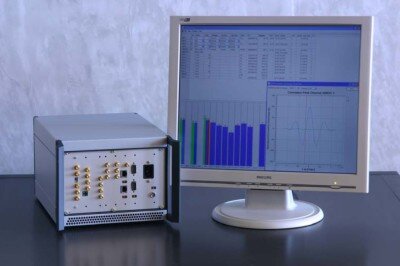
In general, the GIOVE Processing Centre (GPC) hosts the data collected and processed in the frame of the experimentation (including sensor station data files and core products) and makes it available for download to a limited number of trusted users. At present the GIOVE mission has received more than 50 requests to obtain access to GIOVE data and has granted more than 20 trusted user accounts amongst companies and institutions that collaborate with ESA and European Satellite Navigation Industries (ESNIS, formerly Galileo Industries) on GIOVE validation activities.
The process to request for a trusted user account is initiated by sending a mail to the GIOVE Processing Centre at gpc_admin @ esa.int (remove spaces). The requests will be then screened and processed by ESA. The GIOVE mission documentation and announcements are available at www.giove.esa.int .


